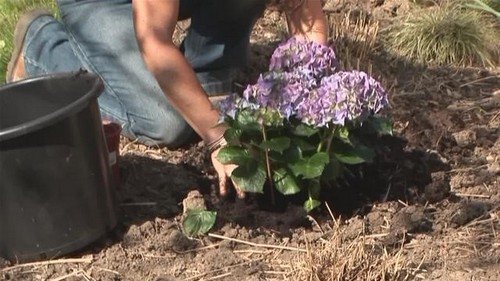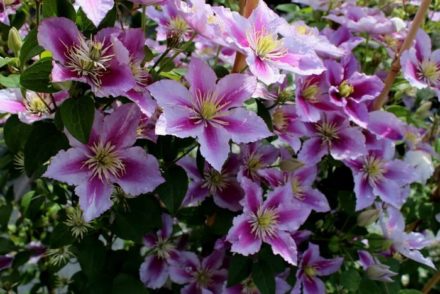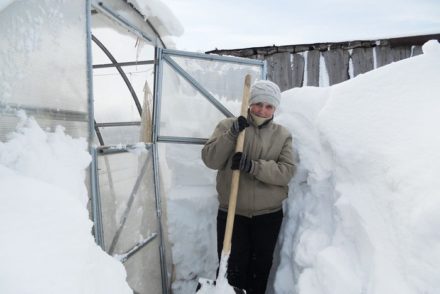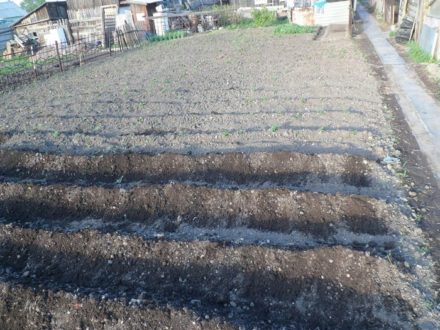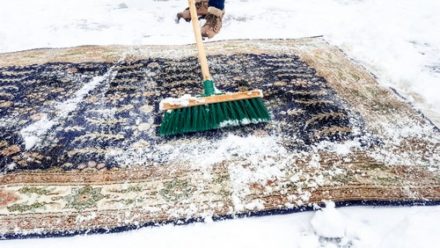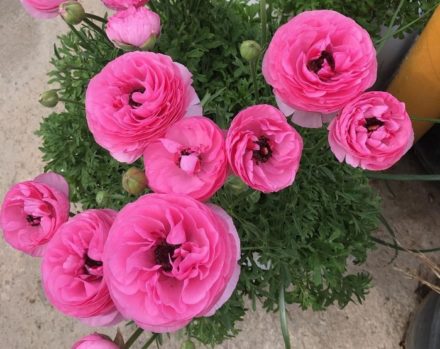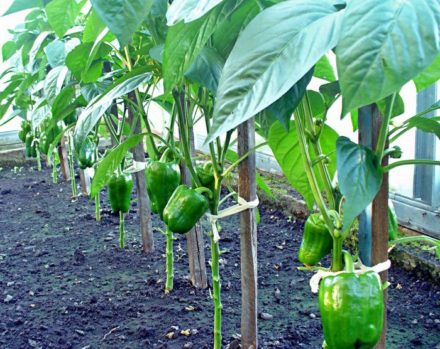Snow is a natural insulator that helps perennial plants overwinter, so why not use this function for planting in the garden? The thicker the snow blanket, the calmer summer residents can be about their plantings. Every centimeter of snow raises soil temperatures by 1°C.
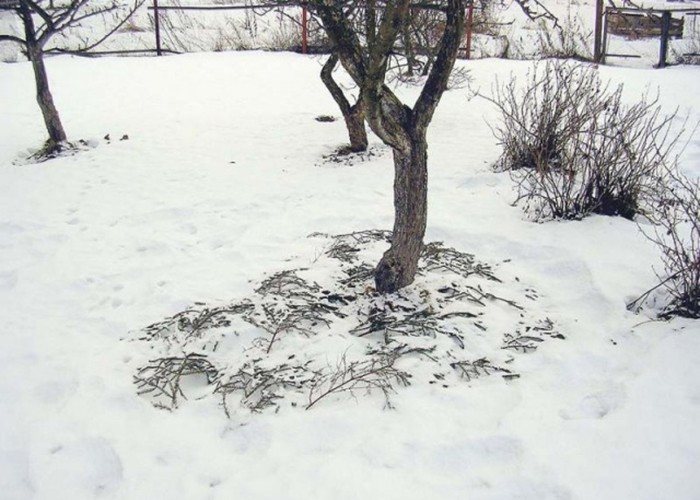
Where to get snow for shelter
If there is not much snow, gardeners are ready to take it anywhere, just to cover plants vulnerable to the cold. For example, some people collect snow cover from the lawn. You can't do that. Lawn grasses are a cultivated type of vegetation that does not have high frost resistance. There should be at least a minimal layer of snow on the lawn.
You can use snow dumped from the roof of a house as a shelter for overwintering plants. A lot of excess snow appears after cleaning the paths in the garden. Each snowflake is a crystalline structure that is 95% air. That is why plants covered with a layer of snow continue to breathe and do not suffer from the cold. The snow mass cannot be compacted; it must remain loose.
Plants that need snow insulation
Snow is suitable as insulation for most plants overwintering under cover. It is often thrown over spruce branches or agricultural canvas. Sometimes the snow mass is the only thing used to protect plants from frost.
This type of insulation works quite effectively.To prevent snow from blowing away, create 1 m high barriers from available materials. Boards, logs, raspberry branches left over from pruning, sunflower and corn stalks will do. A nearby hedge can be considered a natural windbreak.
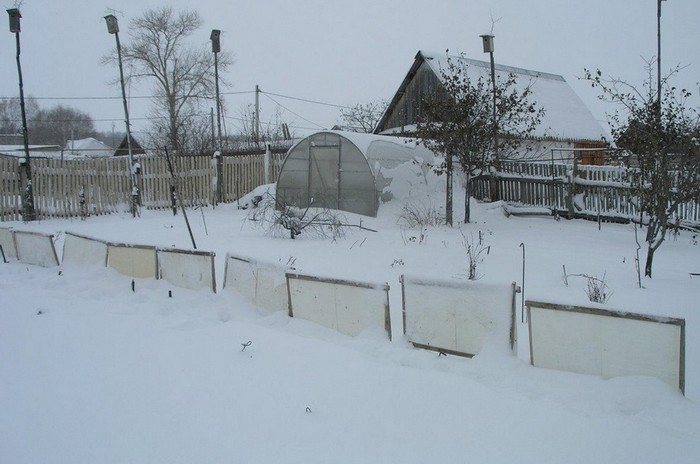
Shrubs and trees in the first year of planting
Autumn planting is acceptable for fruit trees and shrubs, which is what many summer residents use. They spend the time freed up in early autumn on planting seedlings on their plot. Even if the plants had a closed root system and were planted on time, they cannot fully take root in the 1-1.5 months remaining before the cold weather.
Seedlings planted in spring or early summer can also meet the winter not strong enough if the summer heat and drought prevented the full development of the roots. For young plantings, it will be enough to create a snow mound surrounding the trunk, at least half a meter high.
Grafted plants
Young trees and shrubs on their own roots are covered only during the first winter. Later, they get stronger and can independently withstand the cold. Grafted plants are a completely different matter. The grafting site is vulnerable to external factors, even if the scion and rootstock have long since grown together.
Most often, snow is used in such cases as additional shelter. Before this, the graft is hilled with dry soil or wrapped in burlap. If the fusion site is located directly above the ground, snow alone will be enough. The snow mass is thrown close to the trunk. To keep the snow in place, resort to snow retention, for example, by laying spruce branches or sunflower stems on top.
Evergreens
It is also better to cover firs, cypresses, thujas and other evergreens with snow at the base of the trunk. The fact is that in evergreen crops, moisture evaporation continues even in winter.
Plants may suffer not so much from cold as from desiccation. A snow cushion in the tree trunk circle will help retain moisture and reduce soil freezing. As a result, wintering will be successful; the plants will look attractive in spring without losing their decorative properties.
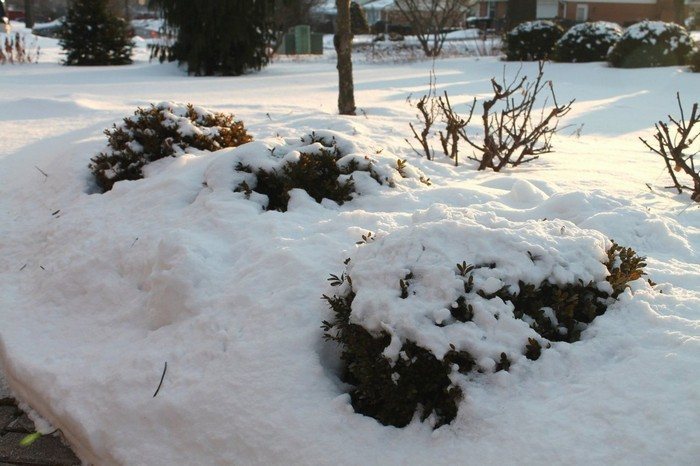
Flowerbed with perennial flowers
In perennials, the above-ground part dies off during the winter. Gardeners cut off dried stems before the arrival of winter so that they do not spoil the appearance of the site. At the same time, the roots of perennials remain in the soil and need protection from frost.
The fact is that with significant temperature fluctuations, the soil becomes mobile and can shift, damaging the roots of perennial flowers located in it. To prevent this from happening, the flowerbed is covered with a snow blanket, after mulching.
Conditionally winter-hardy crops
Conditionally winter-hardy crops include species that winter safely during normal winters, but may suffer if abnormal cold occurs. They are covered for preventive purposes. This is not necessary, but it is advisable, especially if the forecast promises an unusually harsh winter.
This group includes plant varieties recently bred by breeders for the middle zone, whose ancestors were considered heat-loving (quince, apricot, cherry, buddleia, rhododendron).Before covering with snow mass, the tree trunk circle is mulched with dry peat, sawdust, humus to a height of 15-20 cm.
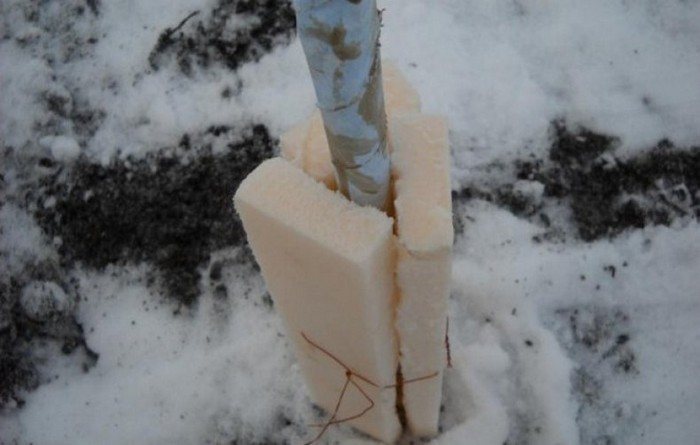
A snow shelter will serve you well not only in winter. In spring, the snow will melt and saturate the earth with life-giving moisture. The condition of the plants should be checked periodically. If, after a thaw, crust appears on a snow mound, it must be broken with a pitchfork or other convenient method, preventing the formation of a dense casing that prevents the passage of air.


